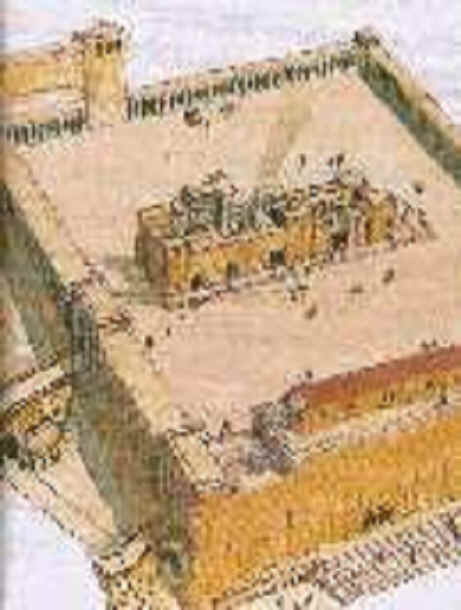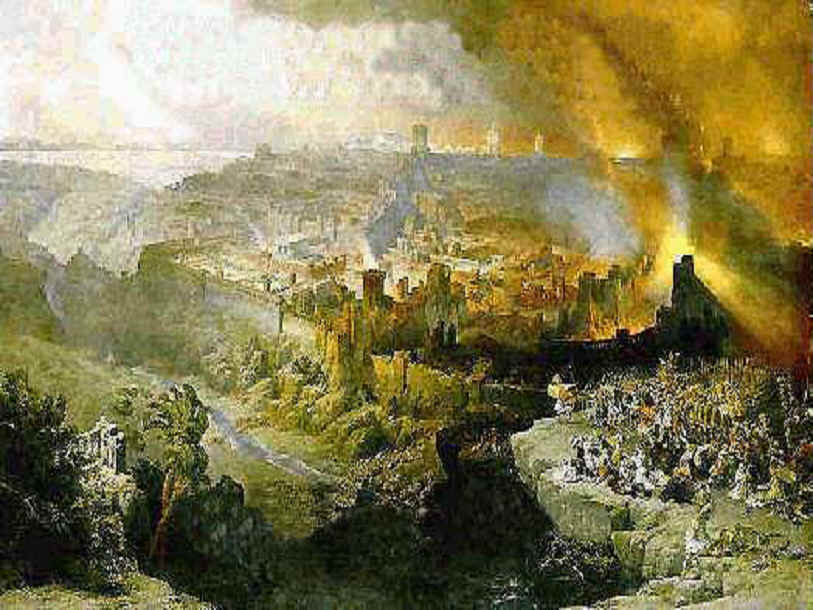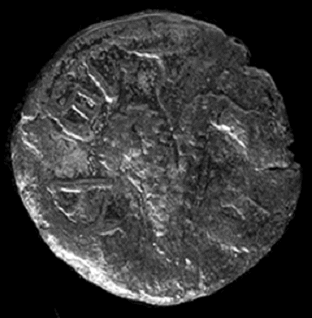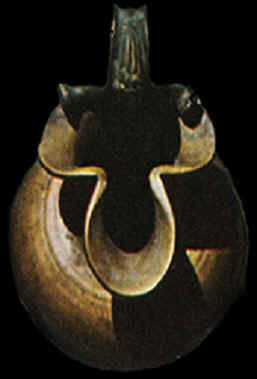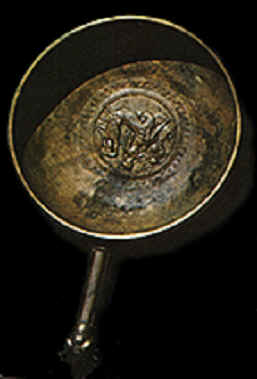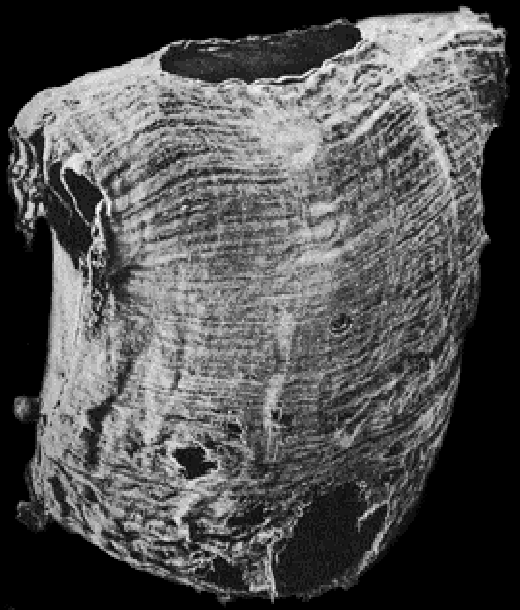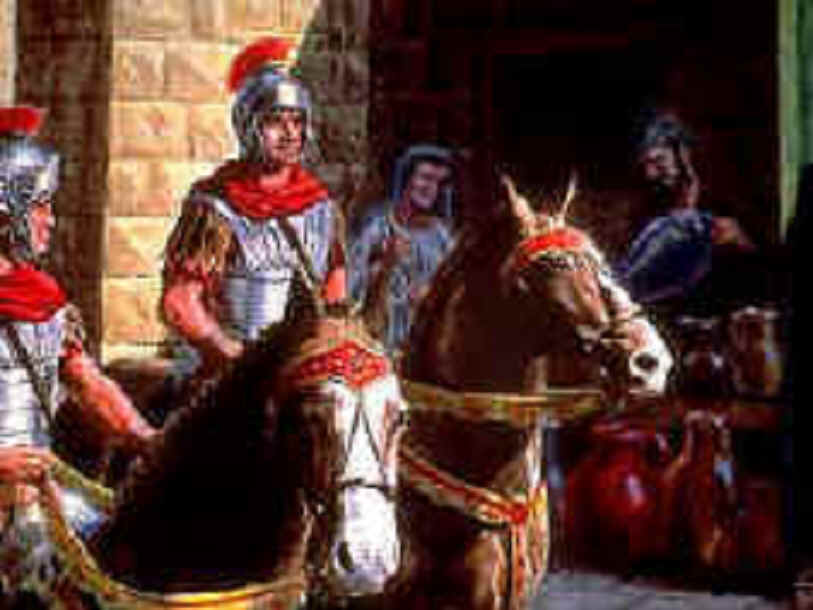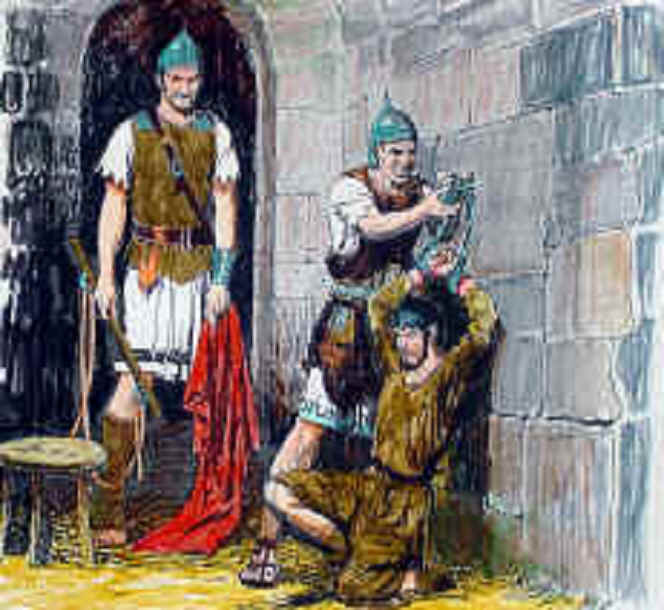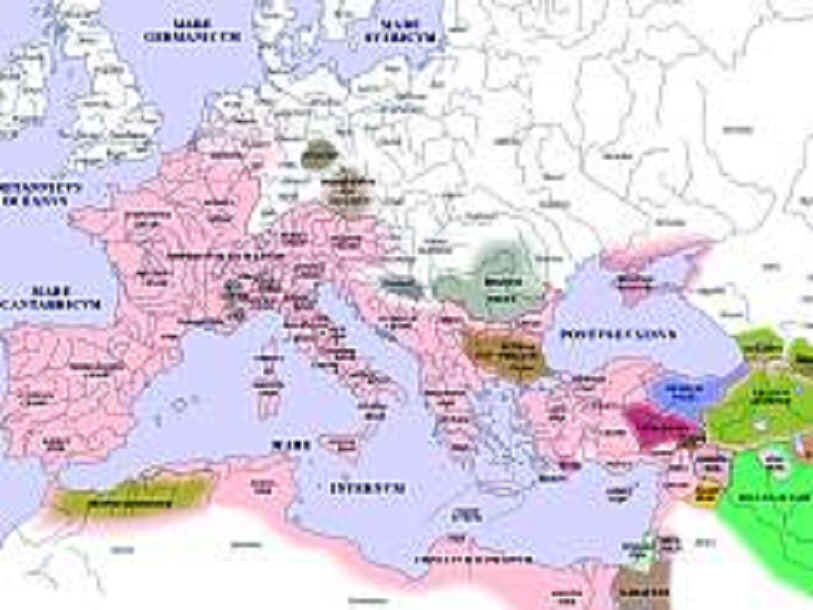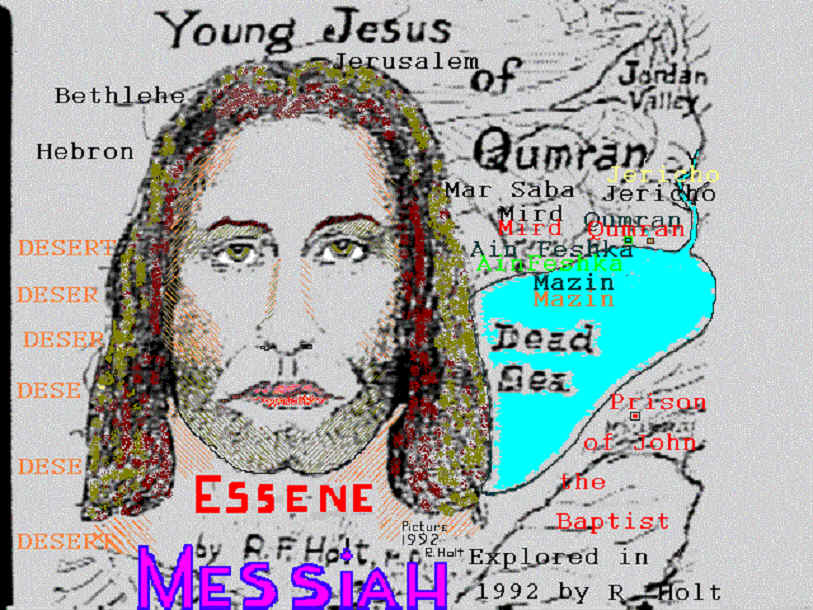 |
||
|
March, 33 AD Jesus, (Yeshua the son of Mary) had been making TIME/SPACE trips with his heavenly Father in a vimana located at that time in India, in the tiny Himalayan kingdom of Kashmir. This vimana was capable of traveling through both time and space. His disciples knew that he had been doing this, and they were rightly curious about what he had seen. He told them in a conversation recorded by his Jewish Essene disciple Matthew Annas in MATTHEW chapter 24. |
||
|
| 3 And as he sat upon the mount of Olives, the disciples came unto him privately, saying, Tell us, when shall these things be? and what shall be the sign of they coming, and of the end of the world? | |
4 "And Jesus answered and said unto them, Take heed that no man deceive you. 5 For many shall come in my name, saying, I am Christ; and shall deceive many."
|
|
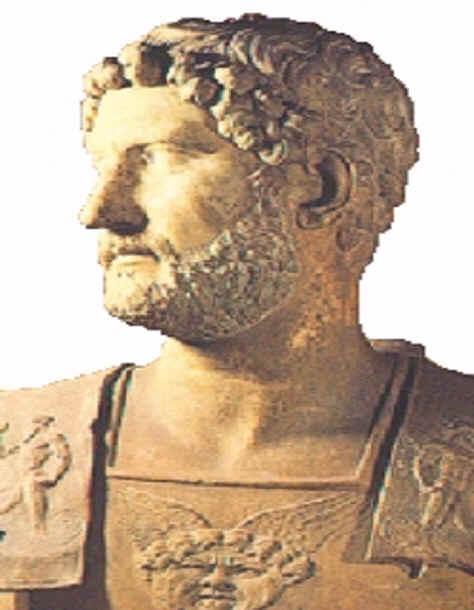 |
|||
The Roman
Emperor HADRIAN (pictured above) was the one who really fulfilled
Jesus' prophecy of about 100 years previously.
|
These
well-preserved brass items were found in a wilderness cave
used by the guerilla forces of Simon bar Kochba in the revolt
against the Roman Emperor Hadrian in 132-135 AD.
After the defeat of the Jewish forces, Judea became a
virtual desert!
|
| Matthew
24: 6 "And ye shall hear of wars and rumours of wars: see to it
that ye be not troubled: for all these things must come to pass,
but the end is not yet.
7 For nation shall rise against nation, and kingdom against kingdom: and there shall be famines, and pestilences, and earthquakes, in divers places. 8 All these are the beginning of sorrows.
9 Then shall they deliver you up to be afflicted, and shall kill you: and ye shall be hated of all nations for my name's sake. 10 And then shall many be offended, and shall betray one another, and shall hate one another. 11 And many false prophets shall rise, and shall deceive many. 12 And because iniquity shall abound, the love of many shall wax cold. 13 But he that shall endure unto the end, the same shall be saved." THIS PROPHECY OF MATTHEW 24 WAS GIVEN TO JEWS AT A JEWISH TEMPLE AND WRITTEN DOWN BY A JEWISH ESSENE PRIEST, MATTHEW ANNAS, AND CONFIRMED BY JEWISH HISTORY BEGINNING 33-40 YEARS AFTER THE PROPHECY AND ONLY INCIDENTALLY CONCERNS CHRISTIANS! THE ONES INSTRUCTED TO "ENDURE UNTIL THE END" OF THE AGE WERE THE JEWS, AND THE ONES ACTUALLY "SAVED" AT THAT TIME WERE THE JEWS! |
|||
|
The
Bar Kokhba revolt marked a time of high hopes followed by
violent despair.
The Jews were
handed expectations of a homeland and a Holy Temple, but in
the end were persecuted and
sold into slavery. During the revolt itself, the Jews gained
enormous amounts of land, only
to be pushed back and crushed in the final battle of
Bethar.
The Jews prepared to rebel
until Rabbi Joshua ben Hananiah calmed them. The Jews then
satisfied themselves with preparing secretly in case a
rebellion would later become necessary.
They built hideouts in caves and did shoddy work
building weapons so that the Romans would
reject the weapons and return them to the Jews.
I
In
approximately 132
C.E., Hadrian began to establish a city in Jerusalem called
Aelia Capitolina, the
name being a combination of his own name and that of the Roman
god Jupiter Capitolinus.
Th Jews
minted coins with slogans such as "The freedom of
Israel" written in
Hebrew. Hadrian dispatched General Publus
Marcellus, governor of Syria, to help Rufus, but
the Jews defeated both Roman leaders.
The Jews then invaded the coastal region and the
Romans began sea battles against them.
The Romans demolished all 50 Jewish fortresses and 985 villages. The main conflicts took place in Judea, the Shephela, the mountains and the Judean desert, though fighting also spread to Northern Israel. The Romans suffered heavy casualties as well and Hadrian did not send his usual message to the Senate that "I and my army are well."
H Hadrian
changed the country's name from Judea
to Syria Palestina.
by
Shira Schoenberg
|
